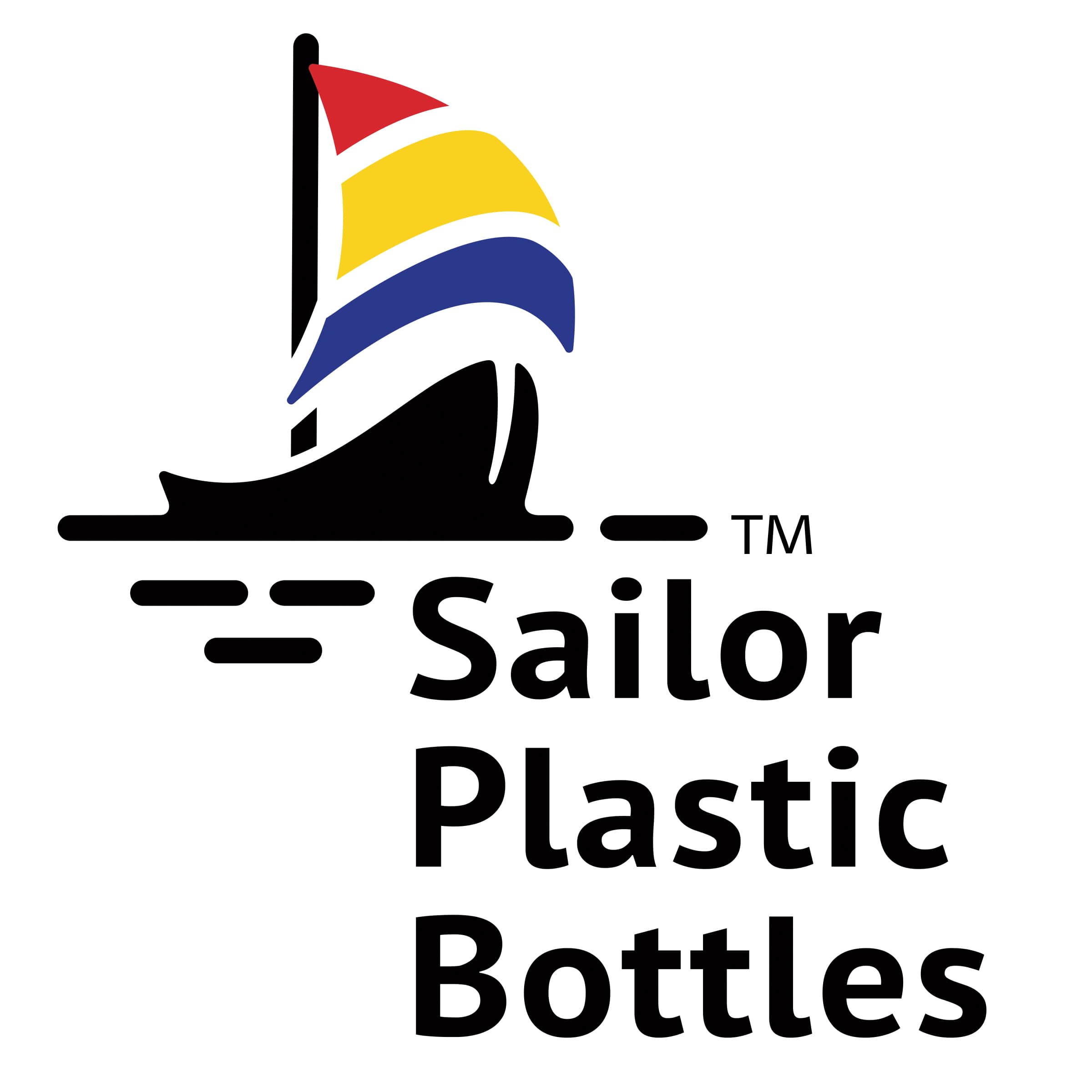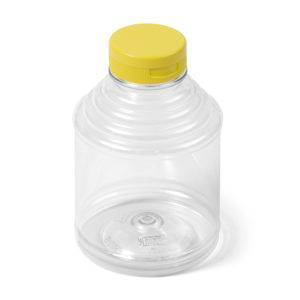Ancient Beehives & SKEP Beekeeping
Skep Beehives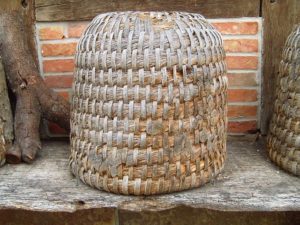
Skep beehives are oval shaped hives made from braided rope. They were the primary beehive style up until the 19th century when Rev. Lorenzo Lorraine Langstroth created the Langstroth hive. The Langstroth hive skyrocketed into popularity thanks to its easy-to-use format and its reusability. Skep hives do not offer comb frames to offer any guidance for the bees. In consequence, the bees are free to attach their comb to the entirety of the hive. In order to harvest the honey from the tightly packed hives, beekeepers have to destroy the hive itself.
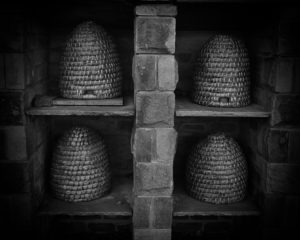 Skep Hives and Cold Weather
Skep Hives and Cold Weather
Skep hives feature an open bottom, which creates obvious risks for the hive when winter hits, or when being used in cold climates. Most Skep hives were placed on wood platforms or rush mats to help with insulation. They were also often placed in carved wall recesses called “bee boles.” These boles were often stuffed with straw in the winter, and fancier ones even had wooden doors that could be shut when the weather turned particularly bad.
Humans weren't the only ones worried about hive insulation, though. The bees in the skep hive would also coat the inside of the hive with Propolis, a mixture of natural gums and saliva that offers waterproof insulation and even antimicrobial properties.
Skep Hive Honey Harvest
We’ve already touched on the complicated nature of harvesting honey from Skep hives, but the destruction of the skep hive itself, was the least of the beekeeper’s worries. You have probably already been thinking about the hardships taking a woven beehive apart without enduring the wrath of a full colony of bees. Considering the lack of protective wear for early beekeepers, one can only imagine the unease taking on a bee colony would cause. Early beekeepers avoided this danger by eliminating the bees altogether. They would either plunge the skep and hive into water to drown them or burn a mix of poisonous plants, the smoke of which would place the bees in a daze. This pr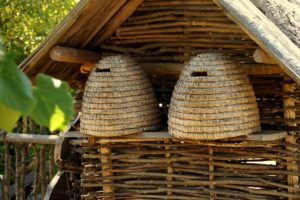 ocess was repeated for the heaviest and the lightest of the hives at the end of the season. The heavier the hive, the more honey there was to harvest. However, the smaller hives were unlikely to survive the winter and were also eliminated and harvested.
Advances which allowed beekeepers to save their bees were made as centuries passed, however, and the process of driving bees became popular. This process would force a bee colony to vacate a full skep and enter and empty one. This process revolved around fixing a full and empty skep together with skewers called driving irons. This was then covered with cloth and the sides of the full hive drummed on. The vibrations would then force the bees into the empty skep, allowing the beekeeper to harvest all or some of the honey. If the beekeeper only harvested some of the honey, the bees could then be returned to their original skep and would have very good chances of surviving the winter.
ocess was repeated for the heaviest and the lightest of the hives at the end of the season. The heavier the hive, the more honey there was to harvest. However, the smaller hives were unlikely to survive the winter and were also eliminated and harvested.
Advances which allowed beekeepers to save their bees were made as centuries passed, however, and the process of driving bees became popular. This process would force a bee colony to vacate a full skep and enter and empty one. This process revolved around fixing a full and empty skep together with skewers called driving irons. This was then covered with cloth and the sides of the full hive drummed on. The vibrations would then force the bees into the empty skep, allowing the beekeeper to harvest all or some of the honey. If the beekeeper only harvested some of the honey, the bees could then be returned to their original skep and would have very good chances of surviving the winter.
